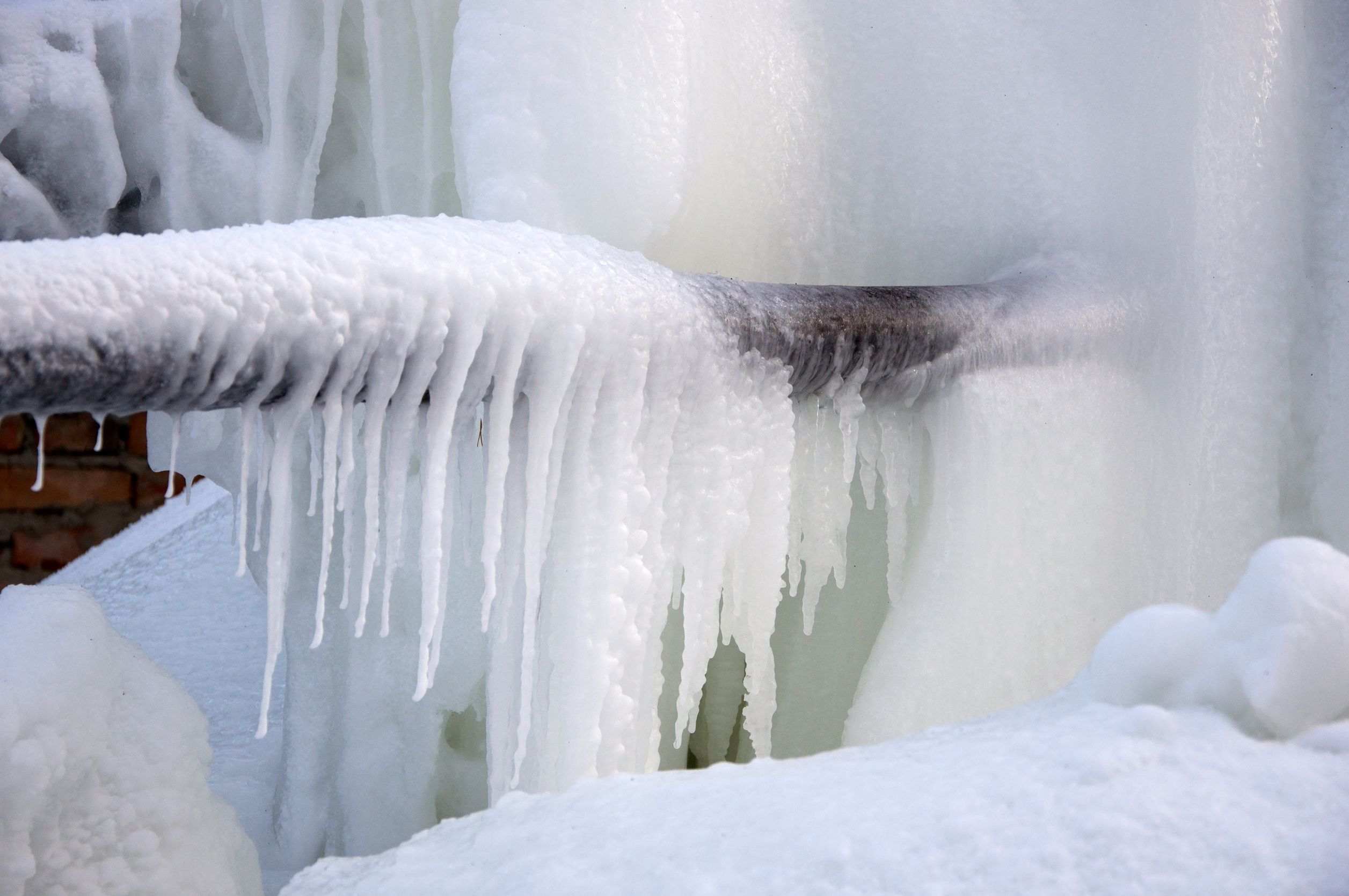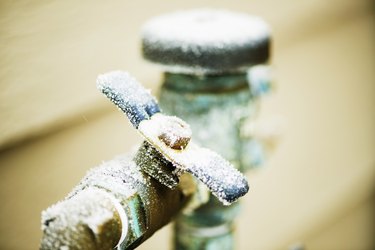How to Protect Pipes from Cold Weather Issues: Essential Tips
How to Protect Pipes from Cold Weather Issues: Essential Tips
Blog Article
What're your opinions with regards to Preventing and dealing with frozen pipes?

Cold weather can ruin your pipes, especially by freezing pipes. Here's how to stop it from happening and what to do if it does.
Intro
As temperatures decline, the danger of frozen pipelines boosts, possibly resulting in pricey repair work and water damages. Understanding how to stop icy pipelines is vital for property owners in cold environments.
Avoidance Tips
Shielding susceptible pipes
Wrap pipelines in insulation sleeves or use warmth tape to secure them from freezing temperatures. Focus on pipelines in unheated or outside locations of the home.
Home heating strategies
Keep interior areas effectively heated up, particularly locations with plumbing. Open up cabinet doors to allow warm air to circulate around pipes under sinks.
How to determine icy pipes
Search for decreased water flow from faucets, uncommon smells or noises from pipelines, and visible frost on exposed pipes.
Long-Term Solutions
Structural changes
Take into consideration rerouting pipes away from exterior walls or unheated locations. Include added insulation to attic rooms, cellars, and crawl spaces.
Upgrading insulation
Invest in top quality insulation for pipelines, attic rooms, and walls. Correct insulation helps keep constant temperature levels and minimizes the risk of icy pipes.
Securing Outside Plumbing
Yard hose pipes and exterior faucets
Disconnect and drain garden pipes prior to winter. Set up frost-proof spigots or cover outdoor faucets with protected caps.
Understanding Frozen Pipelines
What causes pipes to ice up?
Pipes freeze when exposed to temperatures below 32 ° F (0 ° C) for expanded periods. As water inside the pipes ices up, it expands, putting pressure on the pipe wall surfaces and possibly causing them to break.
Threats and problems
Icy pipes can result in water interruptions, property damage, and costly fixings. Ruptured pipelines can flooding homes and cause extensive structural damage.
Signs of Frozen Piping
Identifying icy pipes early can prevent them from rupturing.
What to Do If Your Pipelines Freeze
Immediate actions to take
If you believe icy pipelines, maintain faucets available to alleviate stress as the ice melts. Make use of a hairdryer or towels taken in hot water to thaw pipelines slowly.
Conclusion
Stopping icy pipes needs aggressive actions and quick actions. By understanding the reasons, indicators, and preventive measures, house owners can secure their pipes during cold weather.
5 Ways to Prevent Frozen Pipes
Drain Outdoor Faucets and Disconnect Hoses
First, close the shut-off valve that controls the flow of water in the pipe to your outdoor faucet. Then, head outside to disconnect and drain your hose and open the outdoor faucet to allow the water to completely drain out of the line. Turn off the faucet when done. Finally, head back to the shut-off valve and drain the remaining water inside the pipe into a bucket or container. Additionally, if you have a home irrigation system, you should consider hiring an expert to clear the system of water each year.
Insulate Pipes
One of the best and most cost-effective methods for preventing frozen water pipes is to wrap your pipes with insulation. This is especially important for areas in your home that aren’t exposed to heat, such as an attic. We suggest using foam sleeves, which can typically be found at your local hardware store.
Keep Heat Running at 65
Your pipes are located inside your walls, and the temperature there is much colder than the rest of the house. To prevent your pipes from freezing, The Insurance Information Institute suggests that you keep your home heated to at least 65 degrees, even when traveling. You may want to invest in smart devices that can keep an eye on the temperature in your home while you’re away.
Leave Water Dripping
Moving water — even a small trickle — can prevent ice from forming inside your pipes. When freezing temps are imminent, start a drip of water from all faucets that serve exposed pipes. Leaving a few faucets running will also help relieve pressure inside the pipes and help prevent a rupture if the water inside freezes.
Open Cupboard Doors
Warm your kitchen and bathroom pipes by opening cupboards and vanities. You should also leave your interior doors ajar to help warm air circulate evenly throughout your home.

We were shown that article about Preventing and dealing with frozen pipes through a buddy on another blog. For those who liked our page plz remember to share it. I recognize the value of your readership.
Call Today Report this page